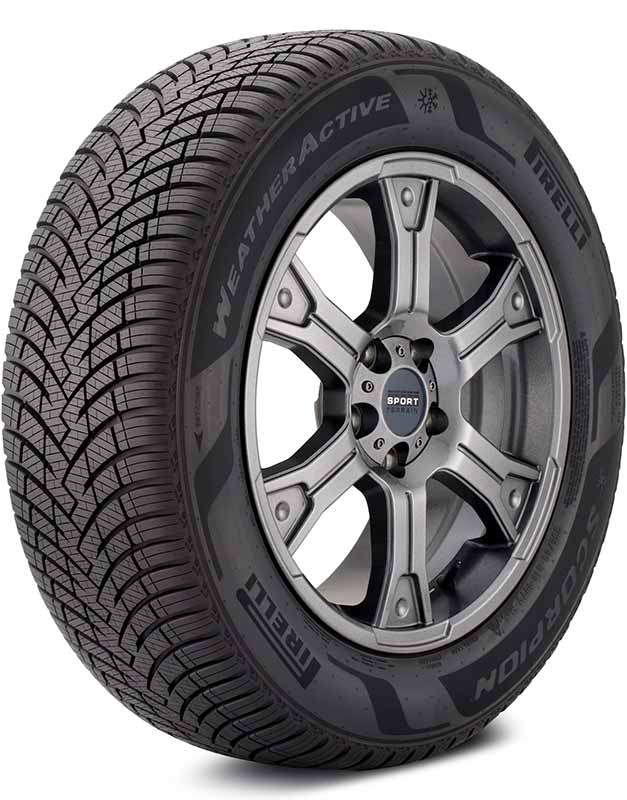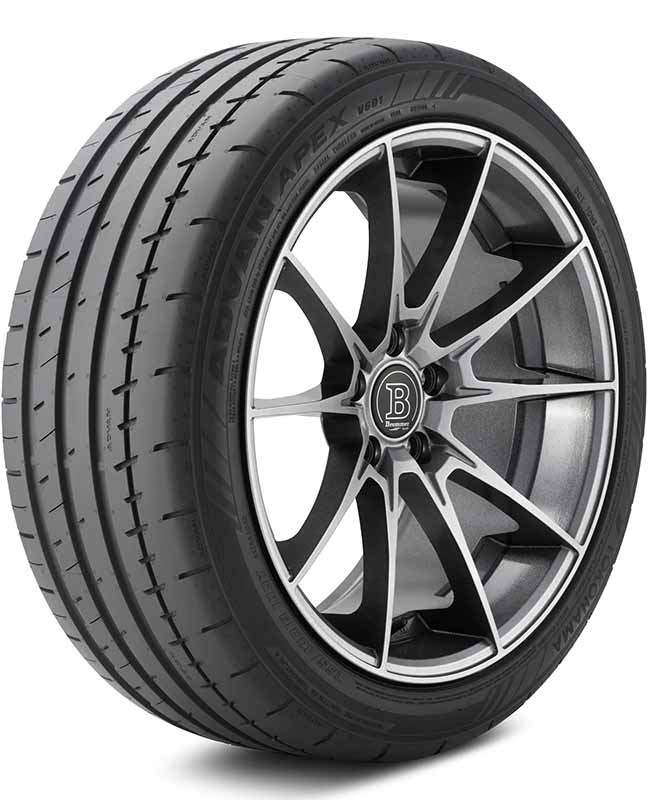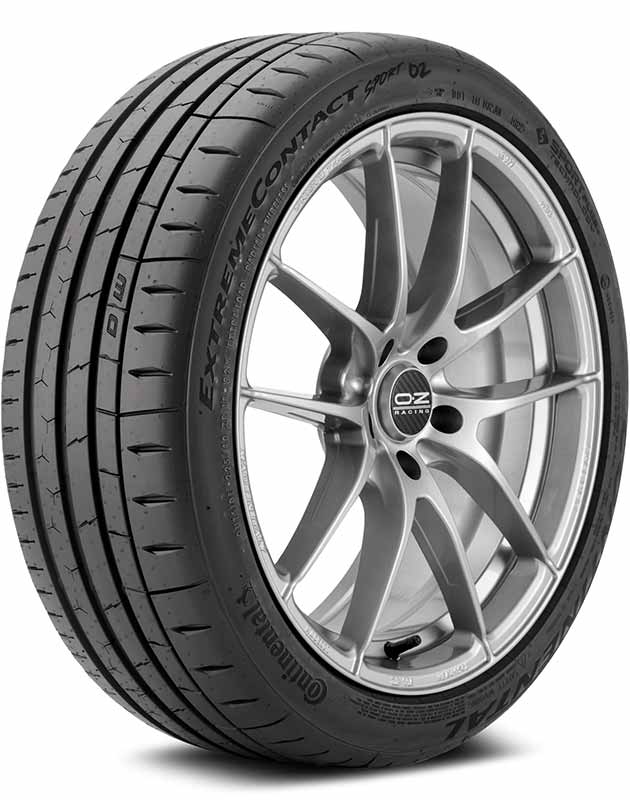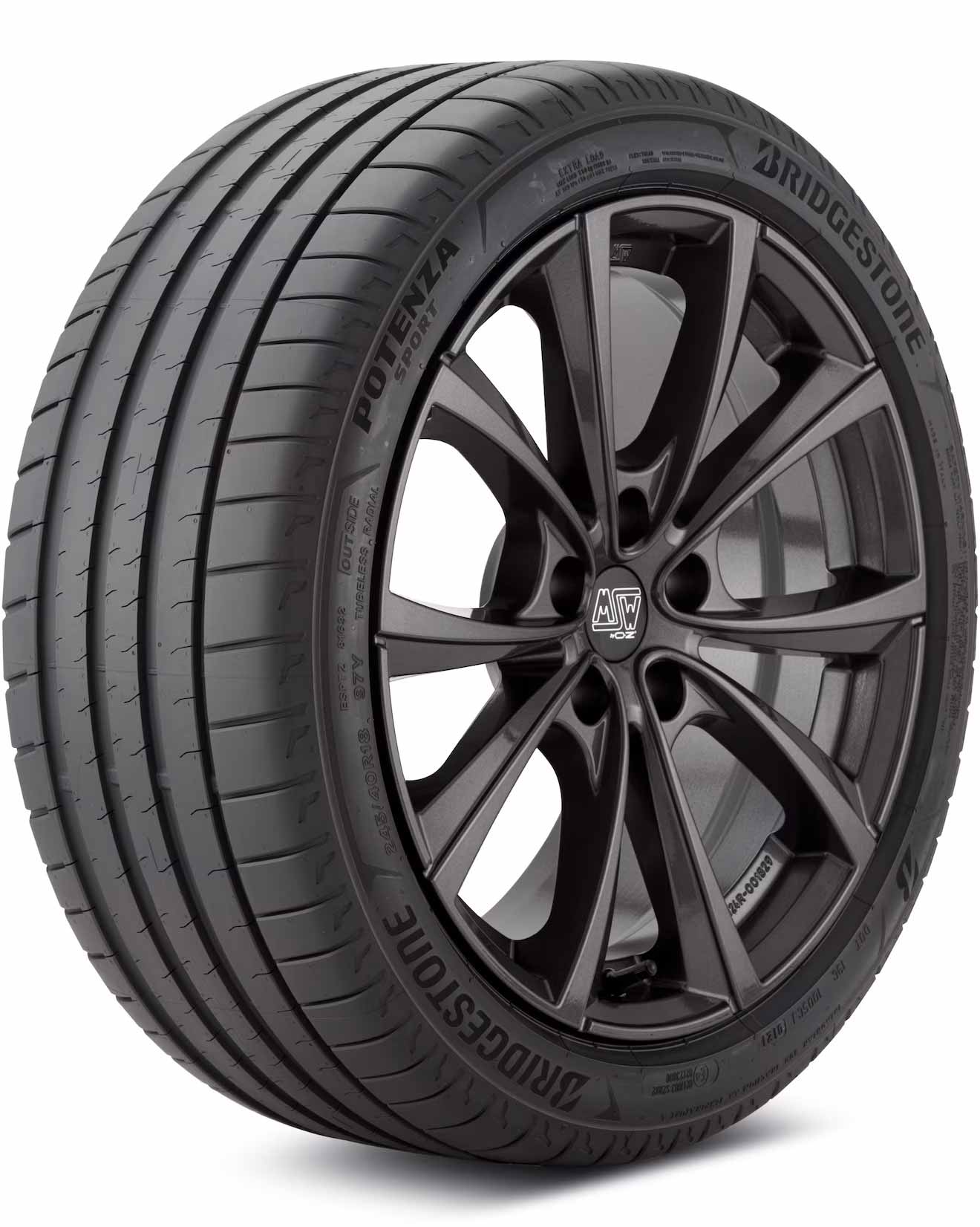The world of tires can be a maze of terminologies and ratings. Ever found yourself puzzled by the difference between “load range XL” and “load range E” when shopping for tires? You’re not alone. It’s a common query among vehicle owners, and understanding it can significantly impact your driving experience.
Load range XL vs E: What’s the difference?
Load range XL tires are designed for passenger vehicles that occasionally carry heavier loads, offering a balance between performance and comfort.
Load range E tires are primarily for light trucks and vehicles that frequently carry heavy loads, providing robust construction and higher load capacity.
In this article, we’ll delve deep into the intricacies of XL and E rated tires, comparing their construction, benefits, and ideal usage scenarios. By the end, you’ll have a clear understanding of which tire suits your needs best, ensuring a safer and more efficient driving experience.
Understanding Tire Load Ranges
Tire load ranges are crucial for vehicle owners to grasp, whether you’re a novice driver or have been on the road for years. These ranges directly impact the safety, performance, and efficiency of your vehicle. Let’s delve deeper into what these load ranges mean and why they matter.
Definition and Importance of Load Ranges
Tire load ranges, often referred to as the tire’s load rating, indicate the maximum weight a tire can safely support when properly inflated. This isn’t just a technical specification; it’s a vital piece of information that ensures your vehicle’s safety on the road. Overloading a tire beyond its specified load range can lead to tire failure, reduced fuel efficiency, and even accidents.
For a more detailed understanding of tire load indices, you might want to check out our comprehensive guide on Tire Load Index.
How Load Ranges Affect Vehicle Performance and Safety
- Performance: Tires with an appropriate load range for your vehicle type and weight ensure optimal performance. They provide the necessary traction, responsiveness, and stability, especially during high-speed maneuvers or in challenging driving conditions.
- Safety: Properly matched load ranges reduce the risk of tire blowouts and premature wear. They ensure that the tire’s structural integrity is maintained, even under heavy loads.
- Fuel Efficiency: Overloading a tire can increase its rolling resistance, leading to higher fuel consumption. By adhering to the recommended load range, you can ensure better fuel efficiency and longer tire life.
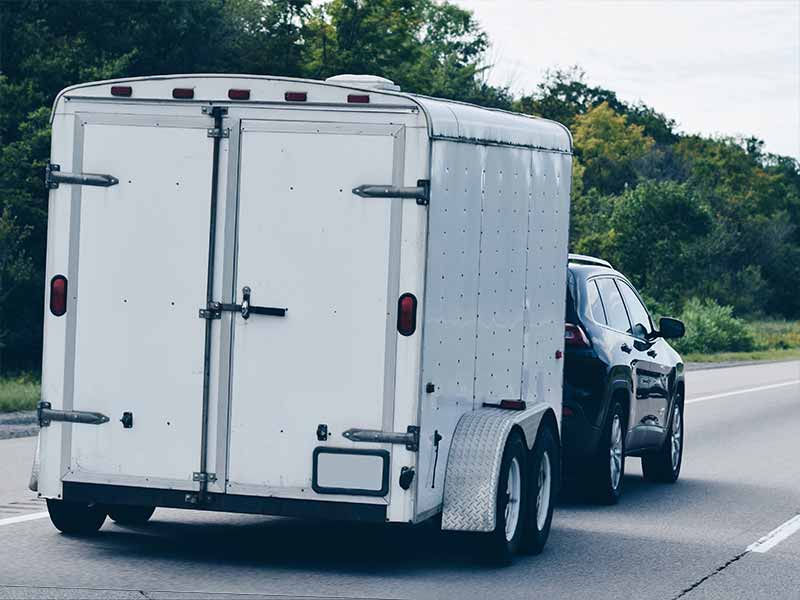
Load Range E Tires: An In-depth Look
Load Range E tires, commonly found on light trucks and some SUVs, are designed to handle heavier loads and tougher terrains. But what exactly sets them apart, and when should you consider them for your vehicle? Let’s explore.
Definition and Characteristics of Load Range E Tires
Load Range E tires, often referred to as “E rated tires,” are built to support a maximum load capacity that’s higher than standard passenger tires. These tires are crafted with reinforced sidewalls and are designed to handle the demands of heavier vehicles and the loads they carry.
- Durability: E rated tires are known for their robust construction, making them ideal for vehicles that frequently carry heavy loads or tow trailers.
- Air Pressure: These tires can be inflated to higher pressures compared to standard passenger tires, ensuring they can support the additional weight. For insights on adjusting tire pressure based on load, our guide on Should I Increase Tire Pressure for a Heavy Load? offers valuable information.
Benefits and Ideal Scenarios for Using Load Range E Tires
- Safety: With their reinforced construction, E rated tires reduce the risk of blowouts, especially when carrying heavy loads.
- Performance: These tires offer better stability and handling, particularly when the vehicle is loaded or towing.
- Versatility: Suitable for a variety of terrains, from highways to off-road trails.
- Economic: In the long run, choosing the right load range can lead to reduced wear and tear, extending the life of the tire.
Pro Tip: While Load Range E tires offer numerous benefits, it’s essential to ensure they match your vehicle’s specifications and your driving needs. Over-specifying can lead to a stiffer ride, while under-specifying can compromise safety.

XL Tires: What You Need to Know
XL, standing for “Extra Load,” is a tire designation that’s becoming increasingly popular among modern vehicles, especially sedans and smaller SUVs. But what makes XL tires unique, and how do they compare to their Load Range E counterparts? Let’s dive in.
Definition and Characteristics of XL (Extra Load) Tires
XL tires, as the name suggests, are designed to handle extra weight compared to standard passenger tires. However, they differ from E rated tires in several key aspects:
- Construction: While both types are built to handle additional weight, XL tires are typically designed for passenger vehicles that occasionally need to carry heavier loads, such as during holiday trips or while moving.
- Flexibility: XL tires strike a balance between performance and comfort, ensuring that even when loaded, the ride remains relatively smooth.
- Air Pressure: These tires can handle higher inflation pressures than standard passenger tires, ensuring they maintain their shape and performance under load. For a more comprehensive understanding of tire sizes and their implications, our guide on Does Load Index Matter? offers valuable insights.
Benefits and Ideal Scenarios for Using XL Tires
- Versatility: Perfect for those who need the occasional boost in load capacity without switching to light truck tires.
- Comfort: Designed to provide a comfortable ride, even when carrying extra weight.
- Fuel Efficiency: With their optimized construction, XL tires can contribute to better fuel efficiency when properly inflated and maintained.
- Safety: Like E rated tires, XL tires offer enhanced safety features, ensuring reduced risk of blowouts and enhanced performance under load.
Expert Insight: While XL tires offer a range of benefits, it’s crucial to ensure they’re the right fit for your vehicle and driving habits. Always refer to your vehicle’s manual and consider your typical driving conditions before making a choice.
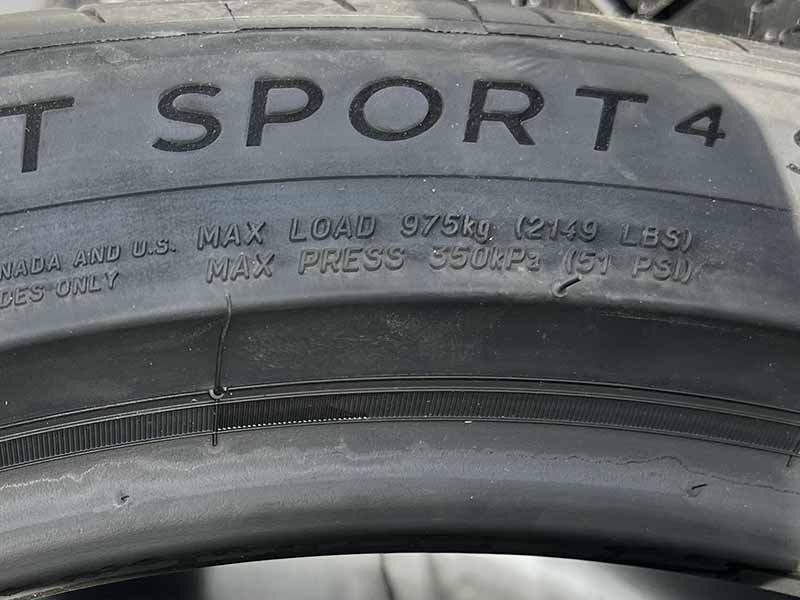
Making the Right Choice: Factors to Consider
Choosing between E rated and XL tires can be a daunting task, especially with the myriad of information available. However, by considering a few key factors, you can make an informed decision tailored to your specific needs.
Understanding Your Vehicle’s Requirements
Every vehicle comes with a set of specifications, including recommended tire types. Always refer to your vehicle’s manual to understand the ideal tire load range. Overlooking this can lead to compromised safety and performance.
Considering Driving Conditions and Load Requirements
- Regular Heavy Loads: If you frequently carry heavy loads or tow trailers, E rated tires might be more suitable due to their robust construction and higher load capacity.
- Occasional Heavy Loads: For those who occasionally need to carry extra weight, such as during vacations or moving, XL tires can offer the perfect balance between performance and comfort.
- Driving Terrain: If you often drive off-road or on rough terrains, the durability of E rated tires can be beneficial. On the other hand, for city and highway driving, XL tires might offer a smoother experience.
Load Rated Tires: A Buying Guide
When purchasing load rated tires, it’s essential to:
- Check the Load Index: This number indicates the maximum weight the tire can support.
- Consider the Brand: Not all tire brands are created equal. Research reviews and ratings to choose a reputable brand known for quality and durability.
- Seek Expert Advice: If in doubt, consult with a tire expert or technician. They can provide insights based on your specific vehicle model and driving habits.
Expert Insight: Remember, while price is a factor, it shouldn’t be the only consideration. Investing in quality tires can lead to long-term savings in terms of safety, performance, and tire lifespan.

Frequently Asked Questions
Is Load Range XL 10 ply?
No, Load Range XL tires are typically 4 ply. They are designed for passenger vehicles that occasionally carry heavier loads.
Is XL load range good?
Yes, XL load range tires offer a balance between performance and comfort, making them suitable for vehicles that occasionally carry extra weight.
Do XL tires use more gas?
XL tires can lead to slightly higher fuel consumption compared to standard load tires due to their robust construction.
Are XL tires more expensive?
XL tires might be slightly more expensive than standard tires due to their reinforced construction and ability to handle heavier loads.
What is the difference between XL and LT tires?
XL tires are a robust variation of passenger tires designed for added load capacity, while LT (Light Truck) tires are primarily for light trucks and vehicles that frequently carry heavy loads.
Resources
Below are some links you may find helpful when learning about tires:
- Load Range XL vs Load Range E – Which One You Should Choose? – Tirecamp
- What Are Load Ranges / Ply Ratings? – Tire Rack
Final Thoughts
Understanding the nuances between Load Range XL and E rated tires is crucial for vehicle owners.
Making the right choice can significantly impact your driving experience, safety, and vehicle performance.
By considering factors such as your vehicle’s requirements, driving conditions, and load requirements, you can make an informed decision tailored to your specific needs.
Good luck and happy motoring.

